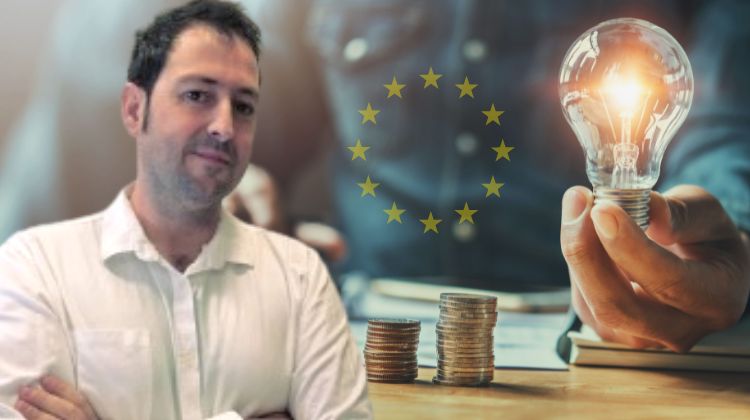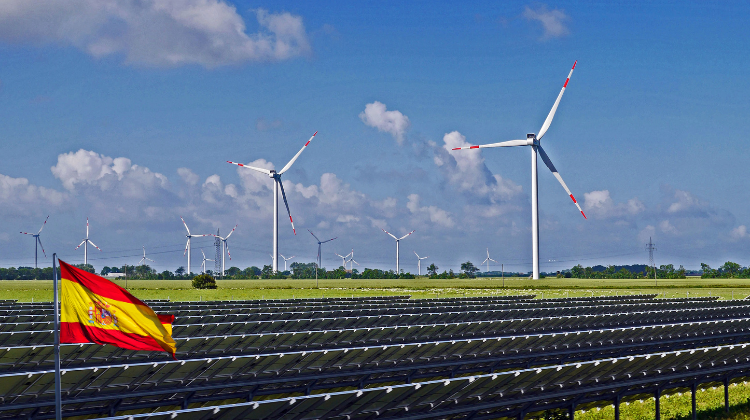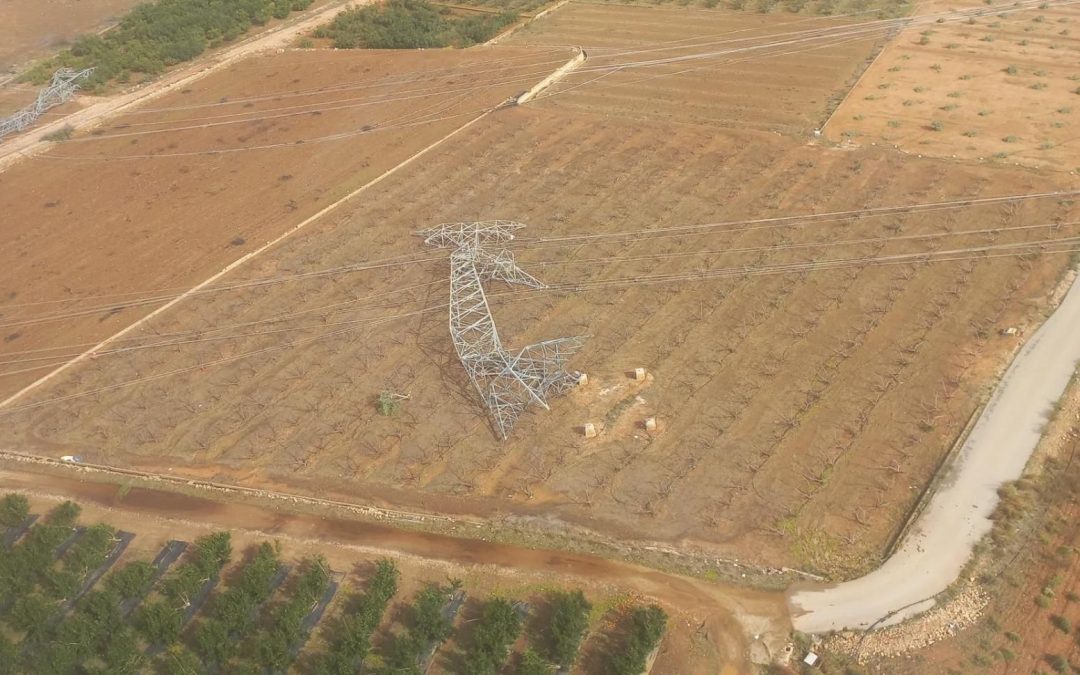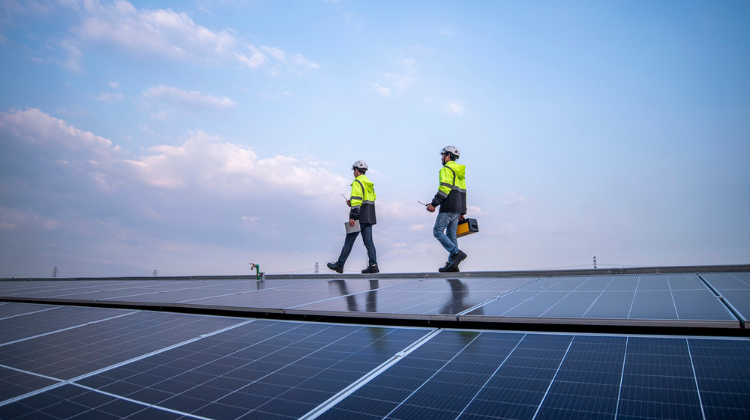The incorporation of tools such as social due diligence and judicial mediation is transforming the approach to conflicts in energy storage projects. Experts emphasize the need for preventive actions and mediation strategies to reduce social opposition and improve relationships with local communities.










































